October 22, 2025 /Semimedia/ — Micron Technology’s Executive Vice President and Chief Business Officer Sumit Sadana has warned that DRAM supply constraints are likely to intensify through 2026. Demand for high-bandwidth memory (HBM) for AI applications is roughly three times that of standard DRAM, and rising costs and extended ramp-up times for new fabs are exacerbating supply pressures.
Micron posted nearly $200 million in HBM sales in its second fiscal quarter of 2025 (June–August) and expects third-quarter revenue to increase 40%–47% year-on-year, largely driven by HBM demand. The company has begun sampling its next-generation HBM4 products, which, while limited in 2026 shipments, are expected to outperform competitors in power efficiency.
On DDR4 pricing, Sadana noted that capacity limits prevent Micron from fully meeting market demand. While DDR4 production is being gradually phased out, U.S. fabs will extend manufacturing slightly to support long-term customers, though full utilization is unlikely.
Industry executives describe a “super cycle” in global memory markets, fueled by surging AI chip production for smartphones, servers, and PCs. Non-HBM memory shortages and rising prices have intensified, prompting Samsung and SK Hynix to shift capacity toward high-end DRAM. Morgan Stanley projects that leading tech firms, including Alphabet, Amazon, Meta, Microsoft, and CoreWeave, will invest $400 billion in AI infrastructure this year.
Demand for DDR5 server memory is also soaring, driven by traditional data center and PC refresh cycles, with inventories at historical lows. Rising memory costs are being partially passed on to consumers, exemplified by Raspberry Pi’s recent 120% year-on-year increase in memory prices.
Analysts caution that while DRAM prices and margins are currently high, the industry may face a cyclical downturn in 2027, urging investors to be wary of short-term “super cycle” volatility.

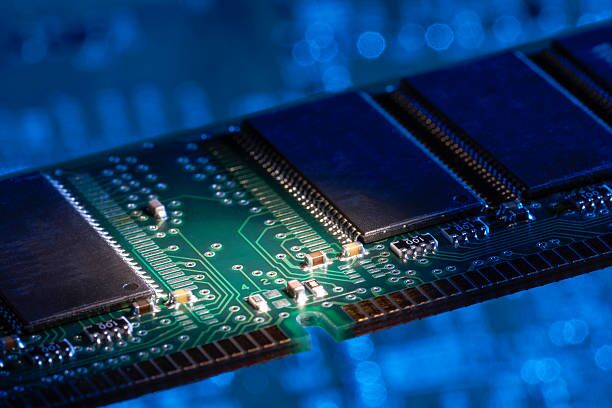

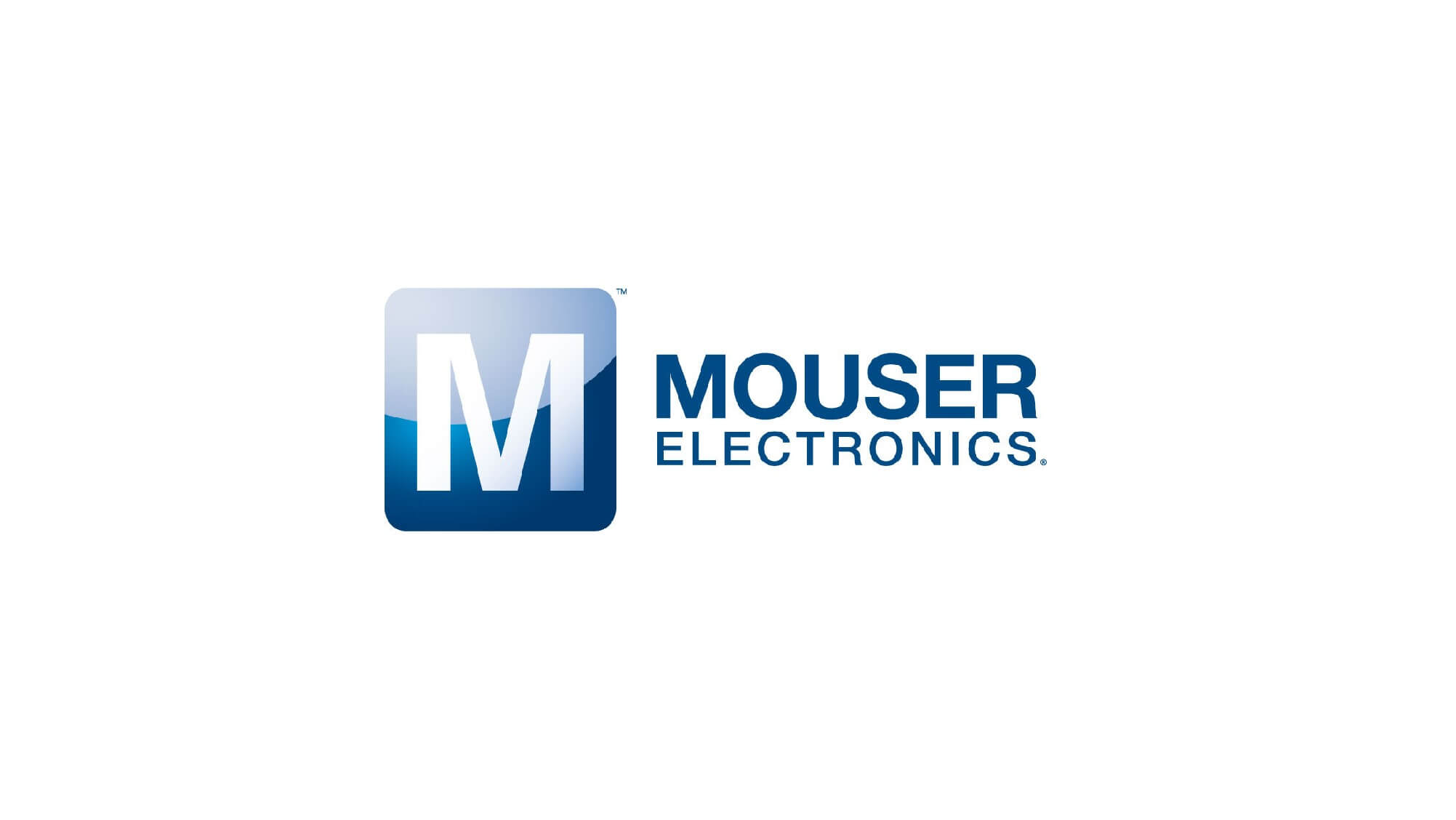

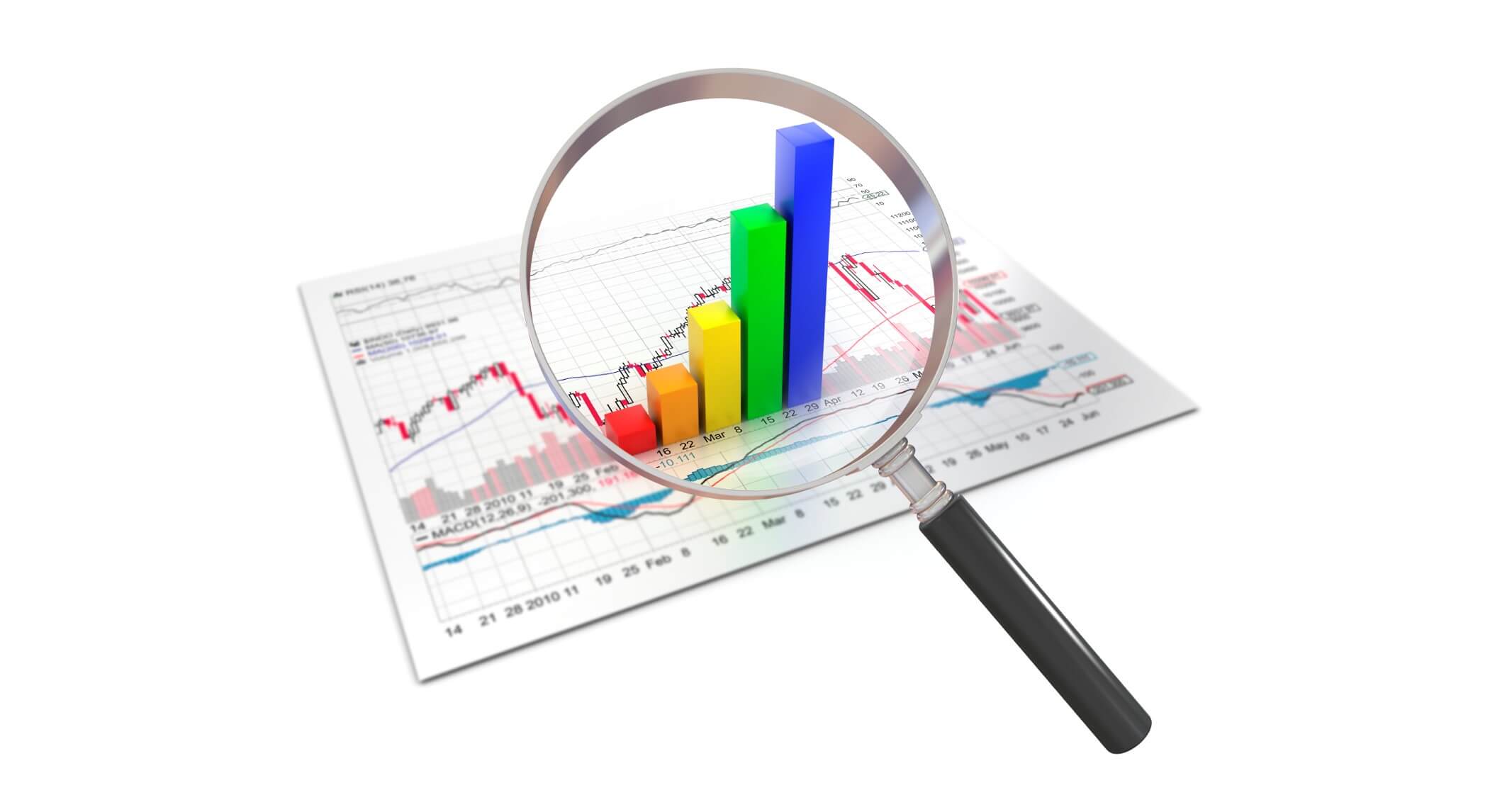
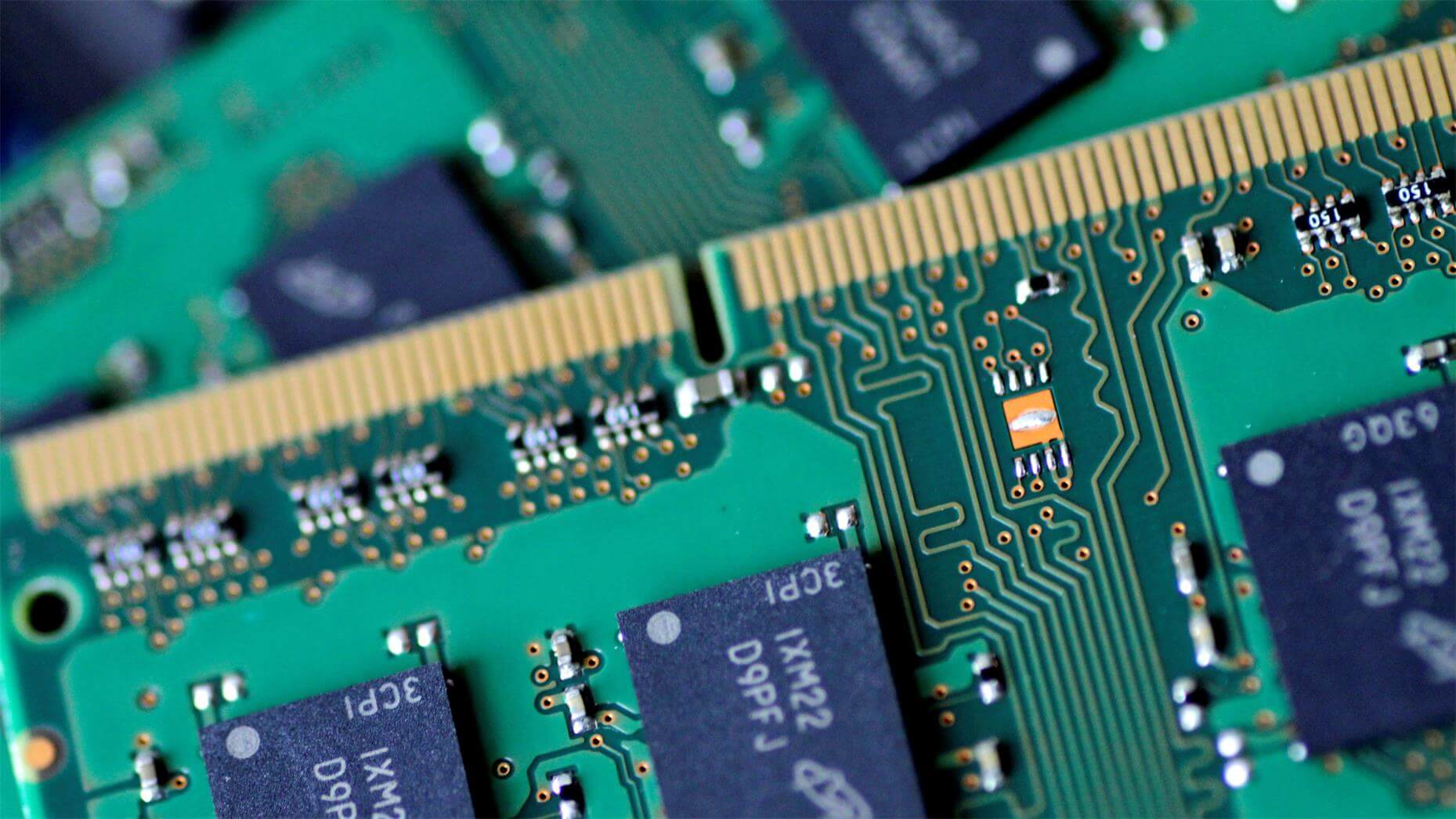

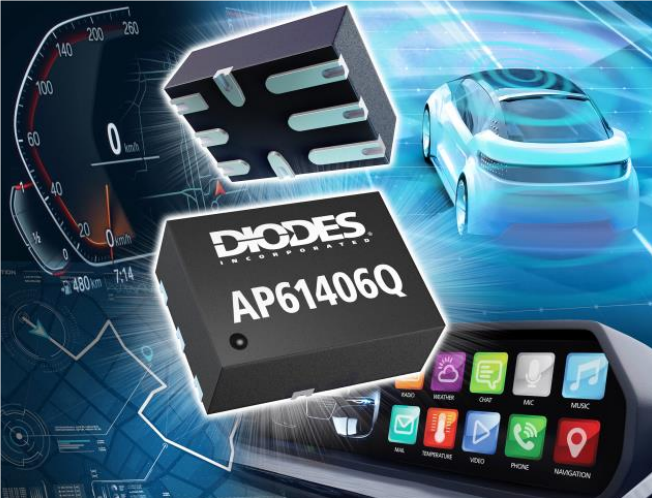
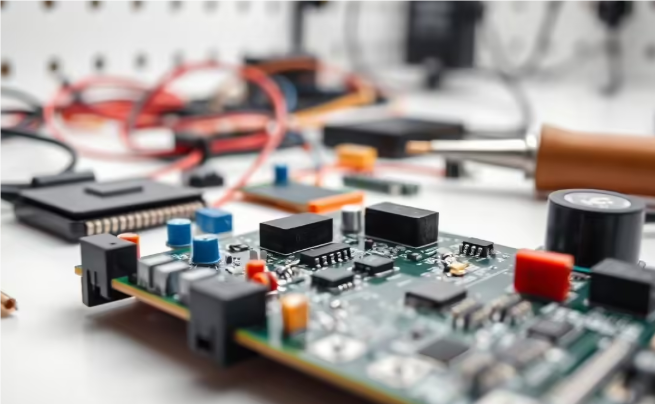


All Comments (0)